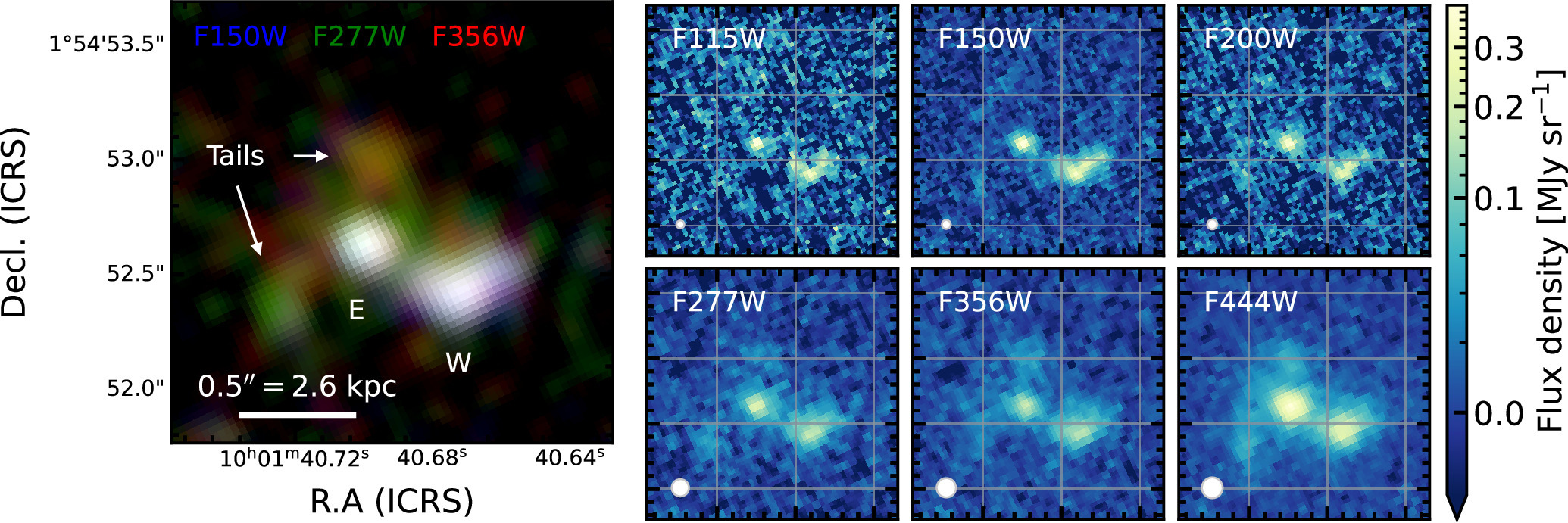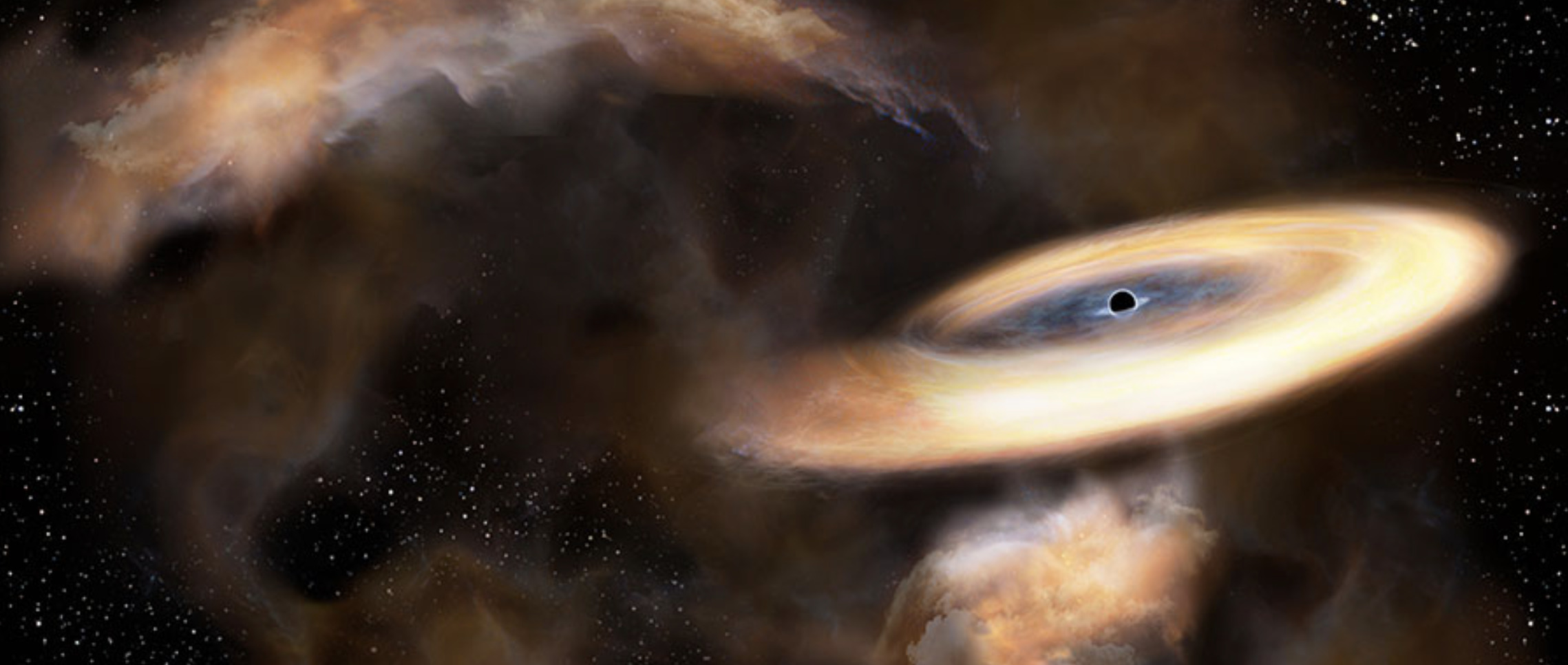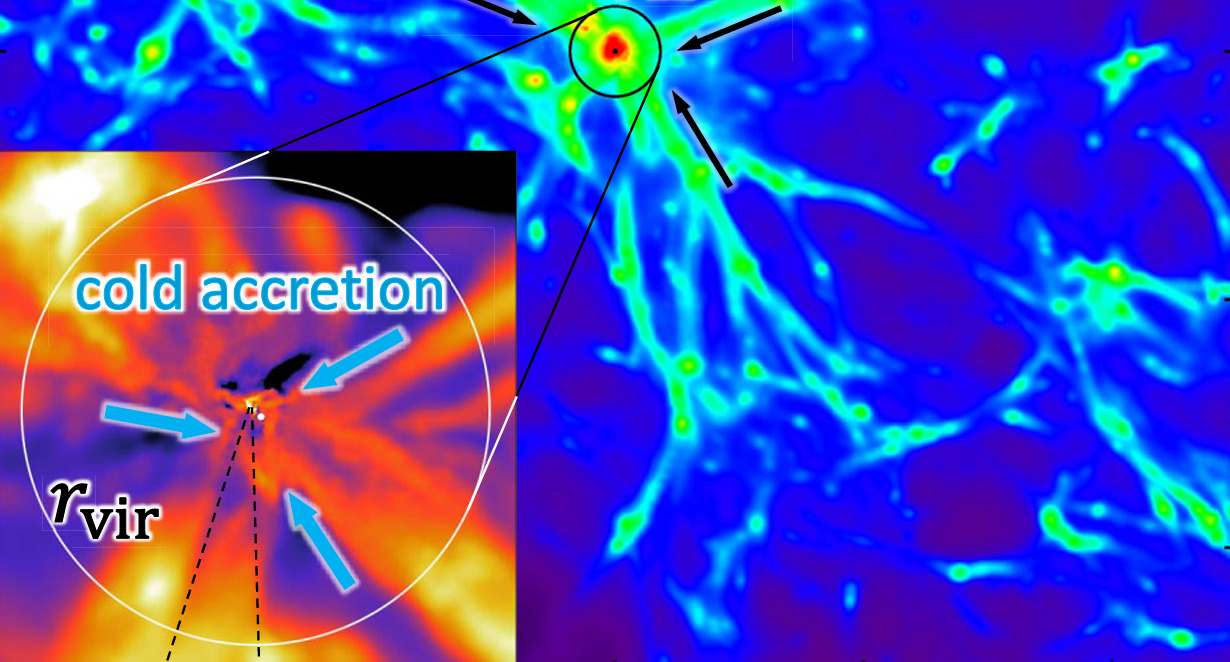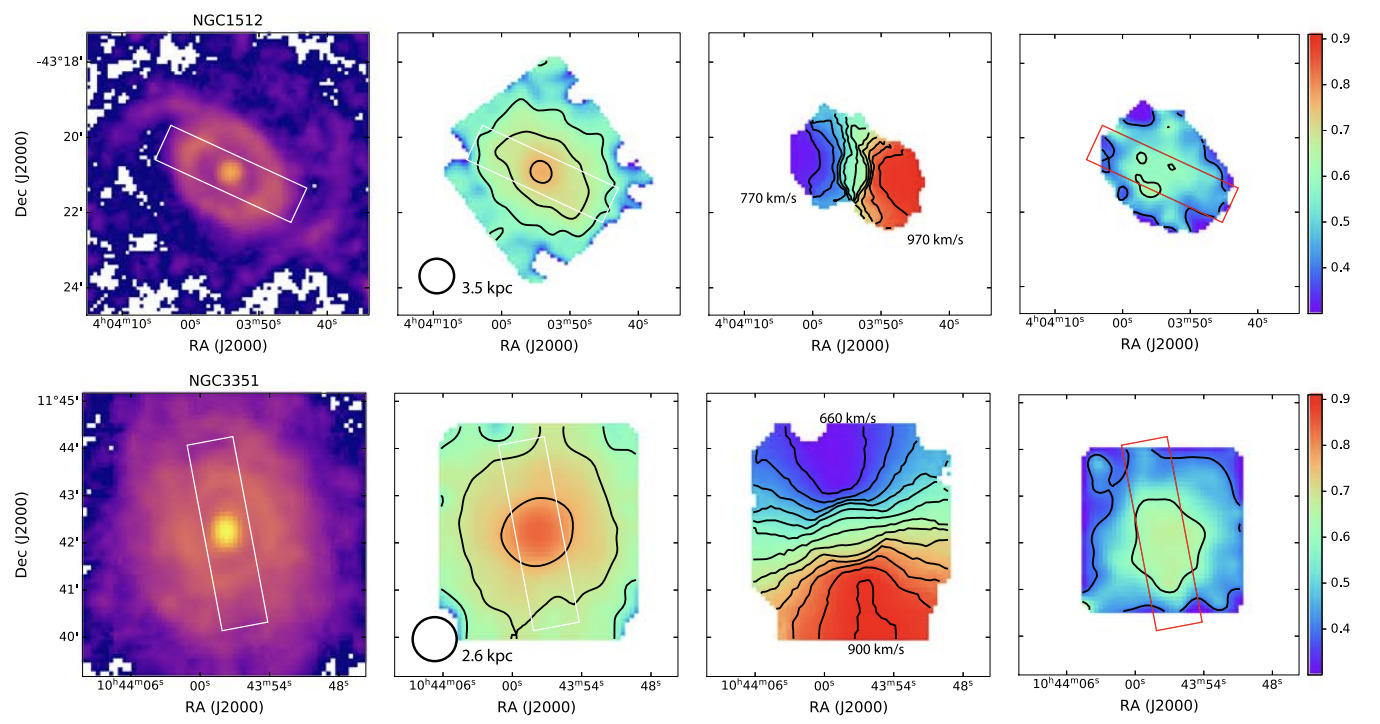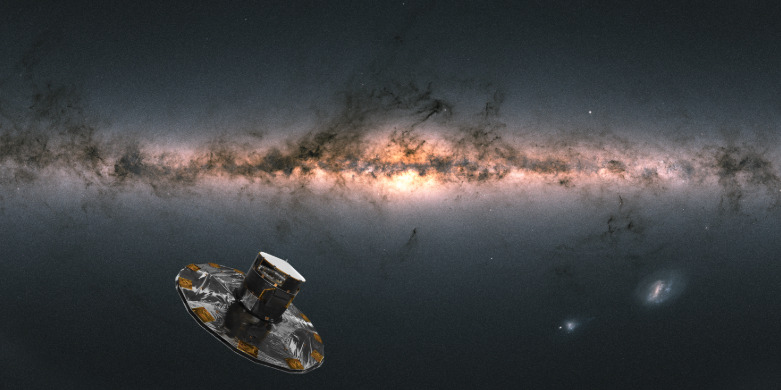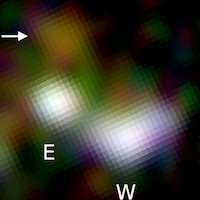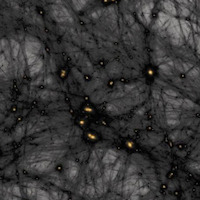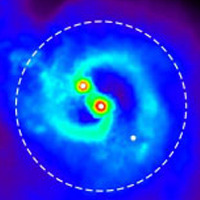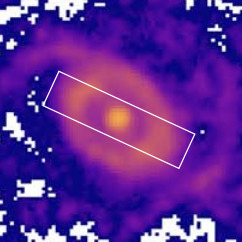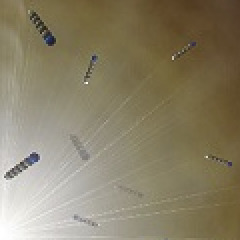The Cosmic Himalayas; An Extreme Quasar Concentration at Cosmic Noon Bridging AGNs, Galaxies, and IGM

Yongming Liang
ICRR, The University of Tokyo
Roughly 10 billion years ago, during the Universe’s most active phase of star formation and black hole accretion, commonly known as Cosmic Noon, an extreme structure was discovered: a dense concentration of 11 luminous quasars within a comoving volume of $\sim 40$ cMpc$^3$ at redshift $z \approx 2.2$. This extreme...


 和 英
和 英 